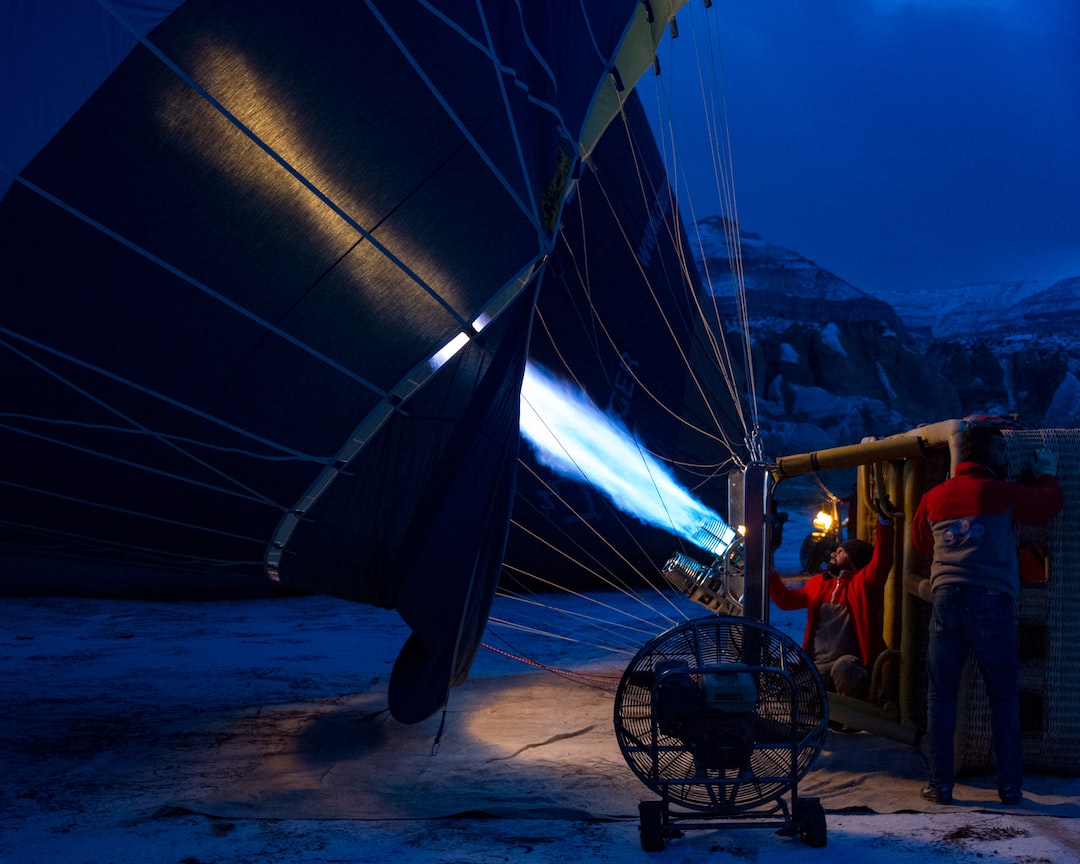Being a creator is an exciting and fulfilling journey. Whether you’re a photographer, filmmaker, writer, or any other type of creative professional, the process of bringing your ideas to life is both challenging and rewarding. Understanding the creative process is essential for success in this field, as it allows you to navigate through the ups and downs of the journey and produce high-quality work.
Key Takeaways
- A creator’s day involves a variety of tasks, from brainstorming to social media management.
- A productive day starts with a morning routine that prepares the mind and body for creativity.
- The creative process involves generating and refining ideas to bring a vision to life.
- Setting up a workspace with the right tools and equipment is crucial for efficient and effective work.
- Shooting and filming require attention to detail and a focus on capturing the perfect shot.
The Early Morning Routine: Preparing for a Productive Day
Many creators swear by waking up early and setting intentions for the day. This allows them to start their day with a clear mind and focus on their goals. Some creators use this time for meditation or journaling, while others prefer to plan their day ahead. Exercise and self-care practices are also crucial in maintaining a healthy mindset and physical well-being. Taking care of your body and mind will ensure that you have the energy and mental clarity to tackle creative challenges throughout the day.
The Creative Process: Brainstorming and Idea Generation
The creative process begins with brainstorming and idea generation. This is where creators let their imagination run wild and explore different possibilities. Techniques such as mind mapping, sketching, or simply jotting down ideas can help in this stage. It’s important to remember that not every idea will be a winner, but by allowing yourself to think freely, you increase your chances of stumbling upon something truly unique and innovative. Research and inspiration are also crucial during this stage. By immersing yourself in different sources of information and exploring various art forms, you can find new perspectives that will inform your work.
Setting Up the Workspace: Tools and Equipment
| Tool/Equipment | Description | Cost |
|---|---|---|
| Computer/Laptop | A device used to access and work on digital files and applications. | 500-2000 |
| Monitor | A display screen used to view digital content and applications. | 100-500 |
| Keyboard and Mouse | Input devices used to navigate and interact with digital content and applications. | 20-100 |
| Desk and Chair | Furniture used to provide a comfortable and ergonomic workspace. | 100-500 |
| Internet Connection | A service used to access and connect to the internet. | 30-100/month |
| Software Applications | Programs used to perform specific tasks and functions on a computer. | 0-500 |
Having the right tools and equipment is essential for creators. Depending on your field, this could include cameras, lenses, editing software, writing tools, or any other equipment specific to your craft. Creating a comfortable and inspiring workspace is also important. This could mean having a clean and organized desk, surrounding yourself with artwork or objects that inspire you, or even finding a dedicated space where you can work without distractions. By setting up your workspace in a way that supports your creativity, you create an environment that fosters productivity and focus.
Shooting and Filming: Capturing the Perfect Shot
For creators who work with visual mediums such as photography or filmmaking, capturing the perfect shot is crucial. This involves understanding the technical aspects of your equipment, such as lighting, composition, and exposure. It also requires an eye for detail and the ability to see beauty in everyday moments. Experimenting with different angles, perspectives, and techniques can help you create visually stunning content that captivates your audience.
Editing and Post-Production: Bringing the Vision to Life

Once you’ve captured your content, the next step is to bring it to life through editing and post-production. This is where you have the opportunity to shape your work and tell a story. Understanding editing software and techniques is essential in this stage. Whether you’re using Adobe Premiere Pro, Final Cut Pro, or any other software, knowing how to manipulate footage, add effects, and create a cohesive narrative will elevate your work to the next level. It’s important to remember that editing is not just about making things look good; it’s about creating an emotional connection with your audience.
Social Media Management: Sharing and Promoting Content
In today’s digital age, social media has become an essential tool for creators to share and promote their work. Platforms such as Instagram, YouTube, TikTok, and Twitter provide creators with a global audience and the opportunity to build a following. Techniques such as consistent posting, engaging with your audience, and collaborating with other creators can help you grow your online presence. Building a community around your work is also crucial in establishing a loyal fan base that supports and engages with your content.
Collaborating with Others: Networking and Partnership Building
Collaboration is a powerful tool for creators. By working with others, you can tap into different perspectives, learn new skills, and create something truly unique. Building partnerships with other creators, brands, or organizations can also open doors to new opportunities and expand your reach. Networking events, online communities, and social media platforms are great places to connect with like-minded individuals and explore potential collaborations. Effective communication and mutual respect are key in building successful partnerships.
Dealing with Challenges: Overcoming Obstacles and Creative Blocks
Being a creator comes with its fair share of challenges. Creative blocks, self-doubt, and burnout are common obstacles that many creators face. Overcoming these challenges requires resilience, self-care, and a willingness to push through the difficult times. Techniques such as taking breaks, seeking inspiration from other art forms, or simply allowing yourself to rest can help in overcoming creative blocks. It’s important to prioritize your mental health and well-being throughout your creative journey.
Reflection and Evaluation: Assessing Success and Planning for the Future
Reflection and evaluation are crucial in the growth and development of a creator. Taking the time to assess your work, measure your success, and identify areas for improvement allows you to constantly evolve and refine your craft. Techniques such as setting goals, tracking progress, and seeking feedback from peers or mentors can help in this process. Planning for the future involves setting new challenges, exploring new mediums or techniques, and continuously learning and growing as a creator.
Understanding the creative process is essential for aspiring creators. By following a routine that prioritizes self-care and productivity, generating ideas through research and inspiration, setting up a comfortable workspace with the right tools, capturing high-quality content through shooting and filming techniques, bringing your vision to life through editing and post-production, sharing and promoting your work through social media management, building partnerships through networking and collaboration, overcoming challenges through self-care and mental health practices, and reflecting on your work to assess success and plan for the future, you can navigate the journey of being a creator with confidence and passion. So, if you have a creative spark within you, don’t be afraid to pursue your passions and continue learning and growing as a creator. The world needs your unique perspective and creative voice.
FAQs
What is the article “Behind the Scenes: My Day as a Creator” about?
The article is about the author’s experience as a creator, detailing the tasks and responsibilities involved in the creative process.
What is a creator?
A creator is someone who produces or brings something into existence, often in the form of art, music, writing, or other forms of media.
What tasks are involved in the creative process?
The creative process can involve a variety of tasks, including brainstorming, research, planning, drafting, editing, and revising.
What skills are necessary to be a successful creator?
Successful creators often possess skills such as creativity, critical thinking, problem-solving, communication, and time management.
What challenges do creators face?
Creators may face challenges such as writer’s block, creative burnout, lack of inspiration, criticism, and rejection.
What is the importance of creativity?
Creativity is important because it allows individuals to express themselves, solve problems, and innovate. It also plays a crucial role in various industries, such as art, design, technology, and entertainment.










